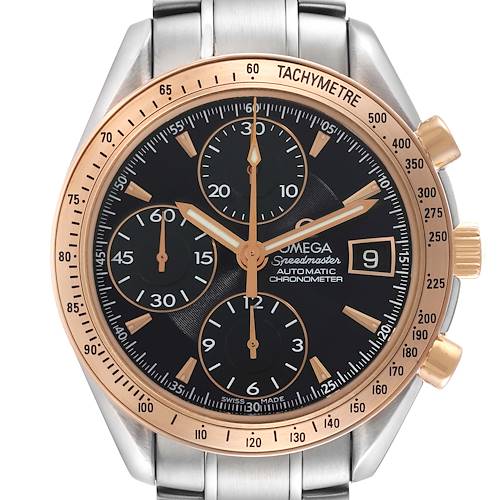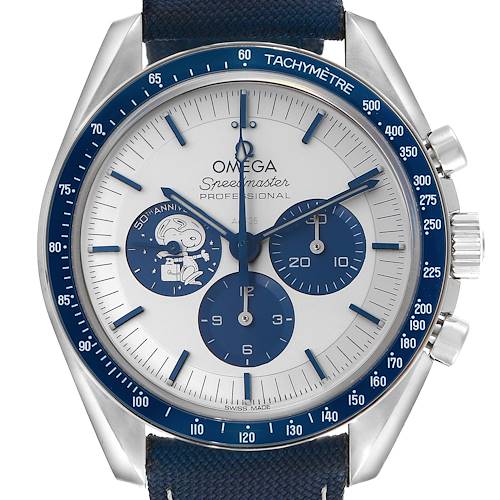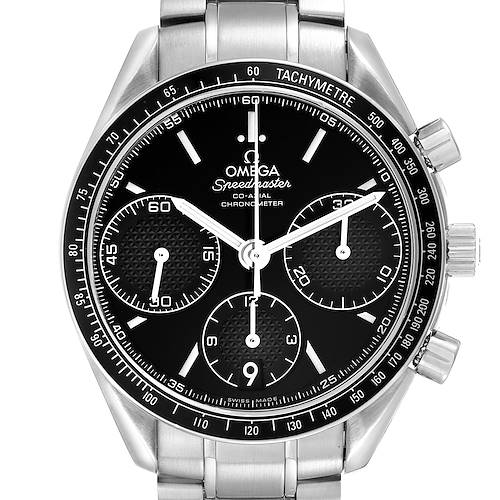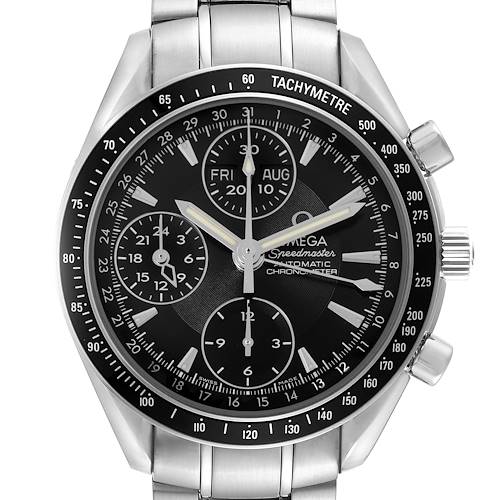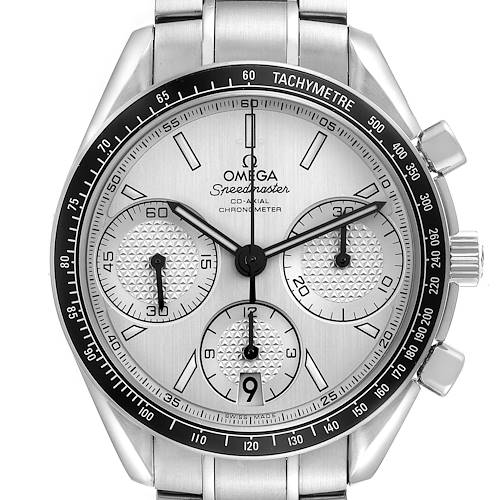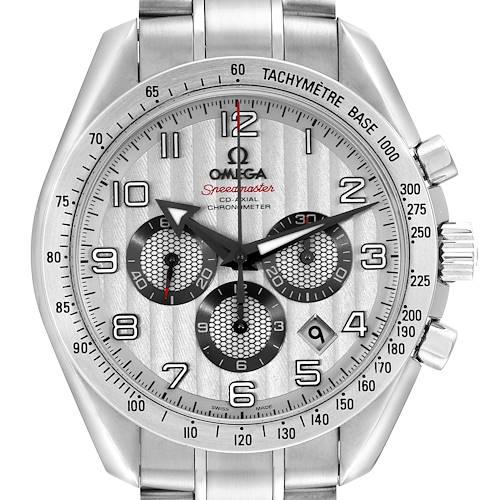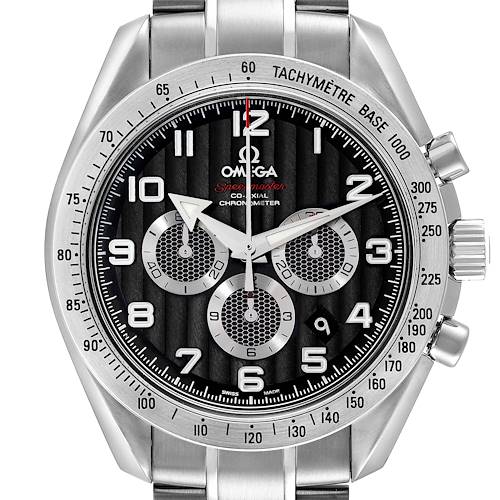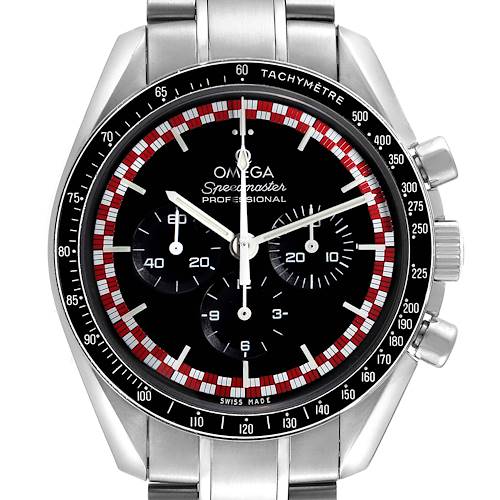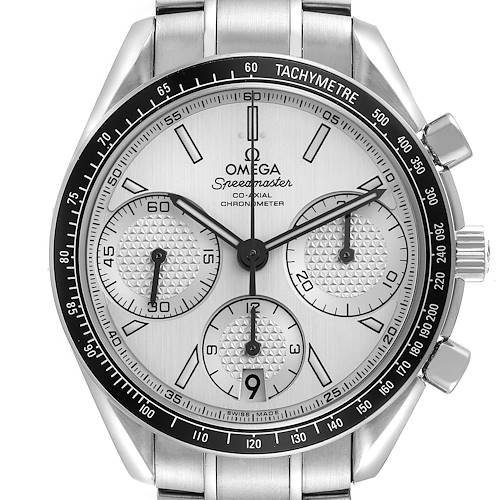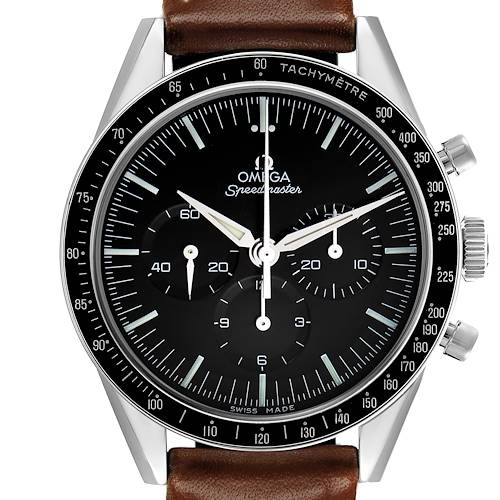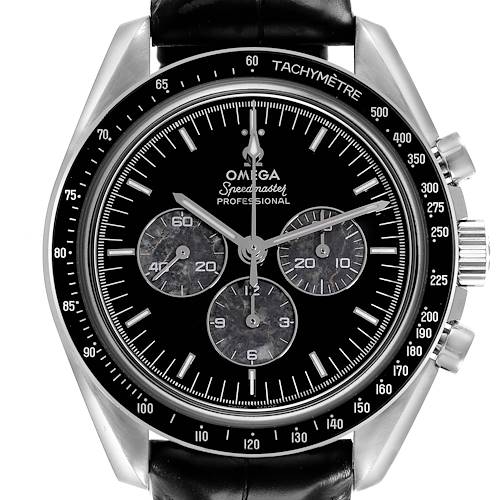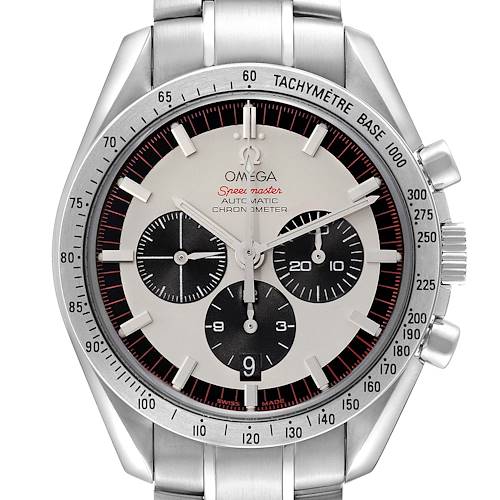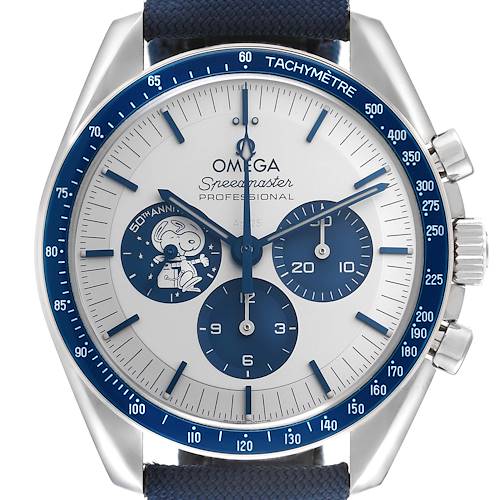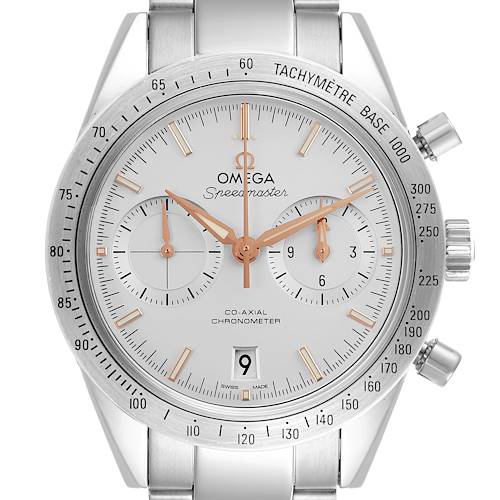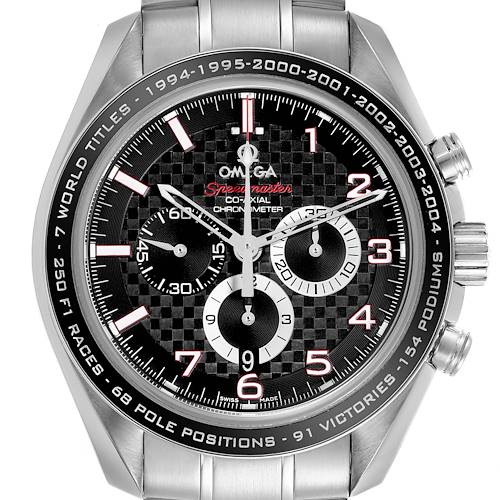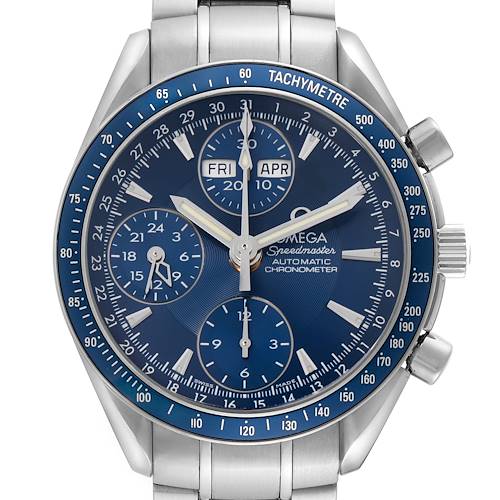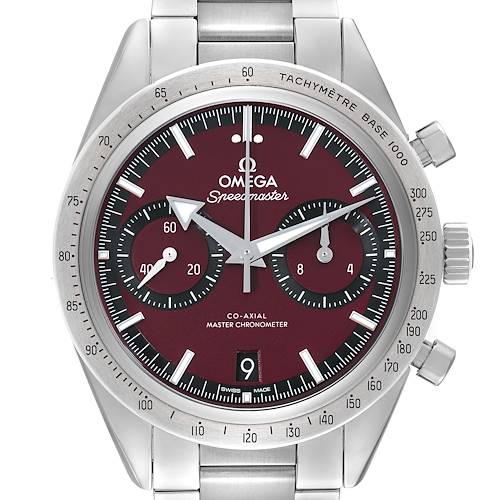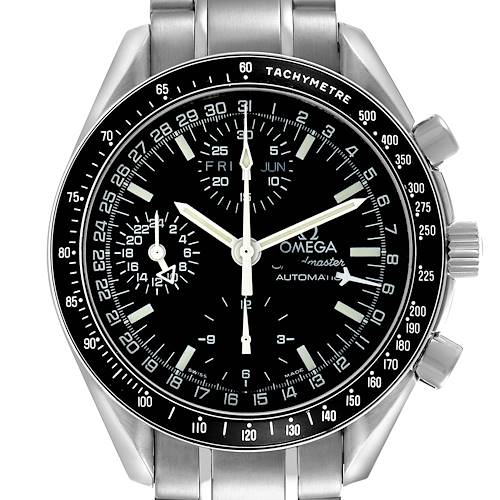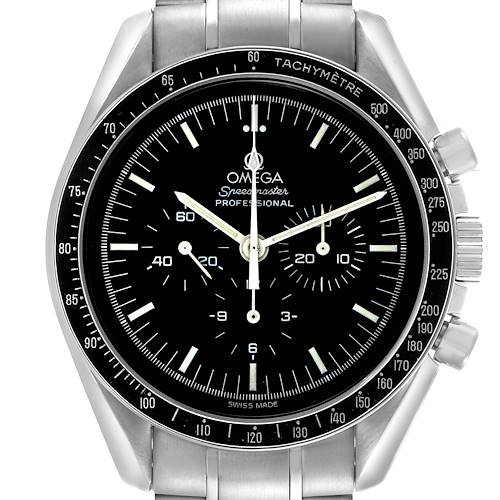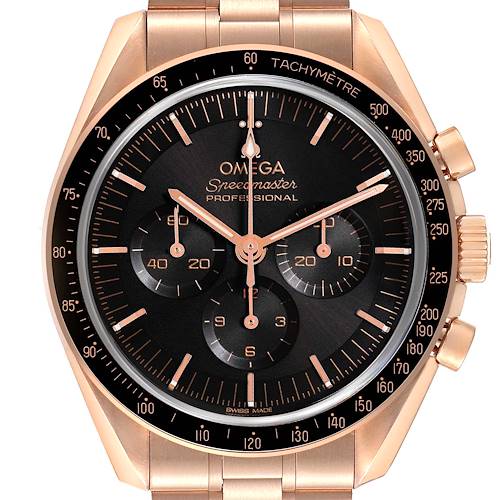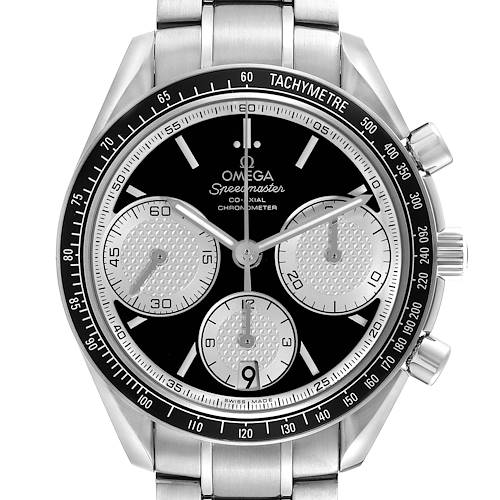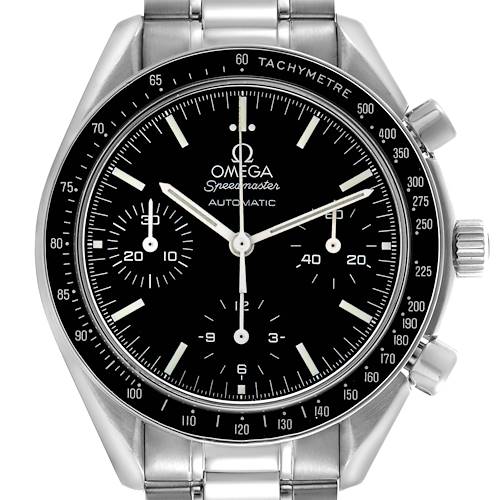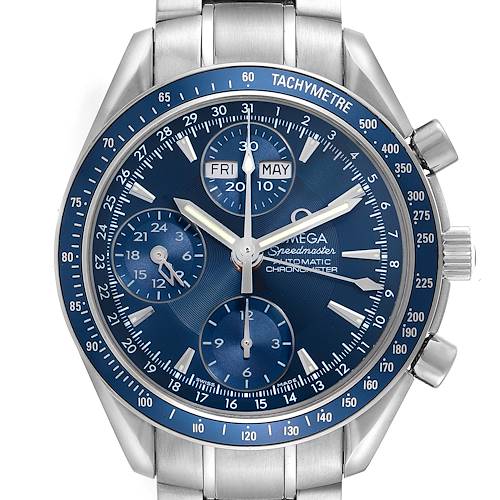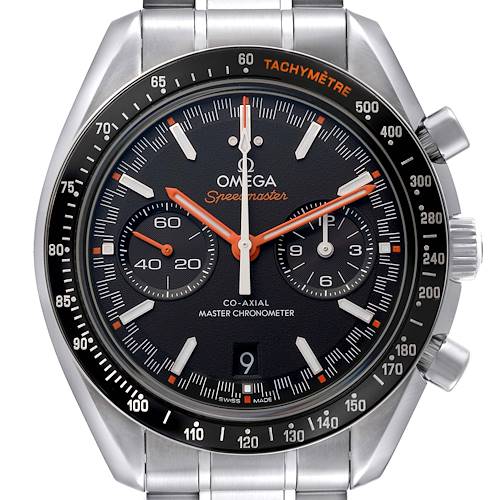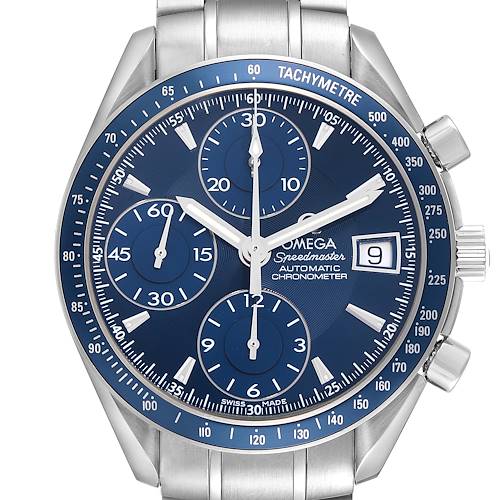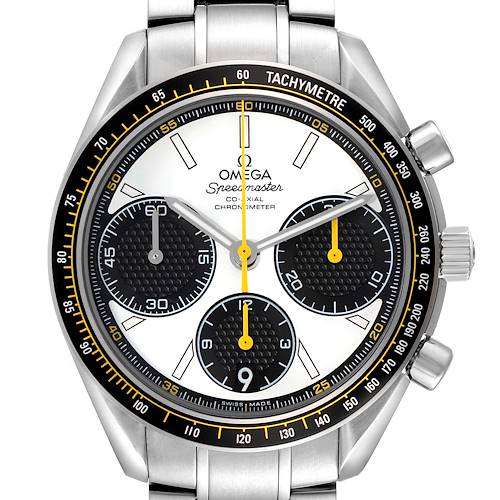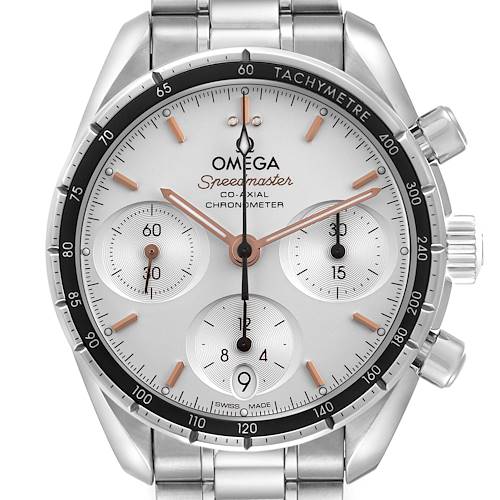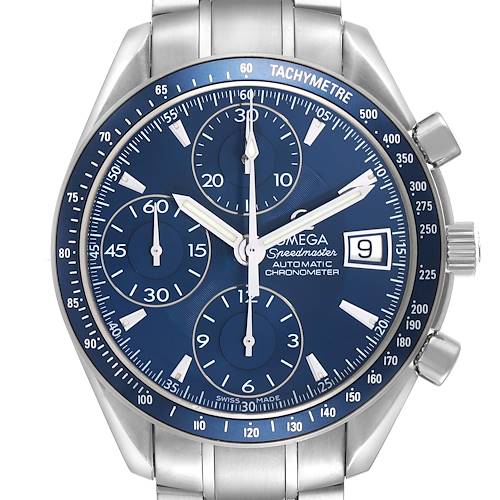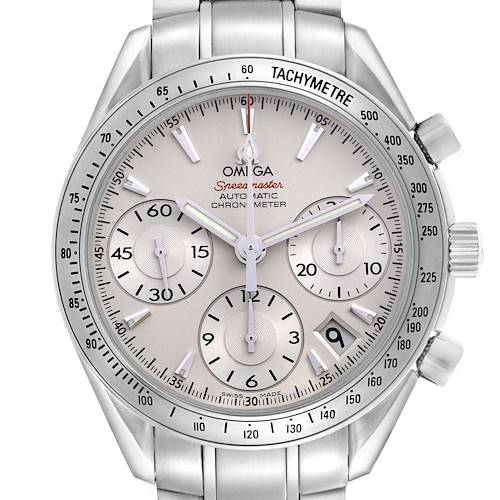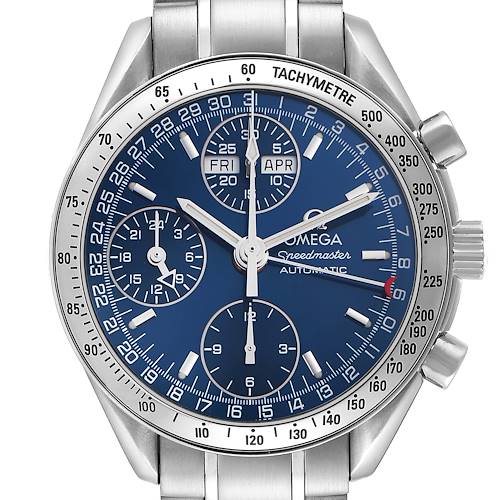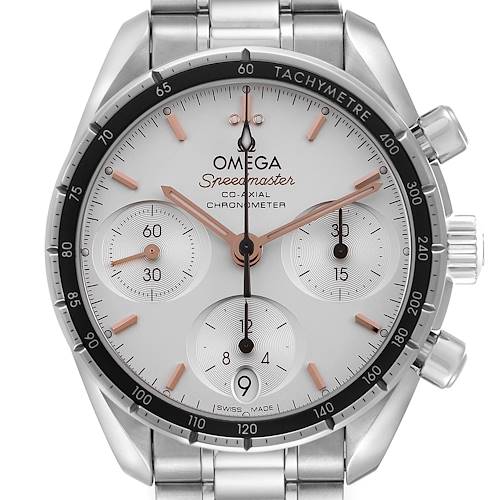- CALL US (404) 814-1814
- LIVE SUPPORT
- EMAIL US
-
WISHLIST (0)
-
CART(0)
Omega Speedmaster Watches
3,111 MATCHES FOUND
Having accompanied lunar missions, countless races, and tough everyday situations, this iconic watch strikes a perfect equilibrium between precision and robustness, making it well-equipped to accompany you on any adventure. Its fusion of style and functionality positions the Speedmaster as a must-have for watch enthusiasts.
The Omega Speedmaster is synonymous with unbeatable reliability, making it a standout addition to your personal collection or a meaningful gift for someone. Uncover the timeless allure of Omega Speedmaster watches and elevate your watch collection today.
IN STOCK
First born as a racing watch in 1957, the Omega Speedmaster was crafted to exhibit precision, reliability, and style. It reached legendary status when NASA astronauts adorned it during the first moon landing, transforming the Speedmaster into the official “Moonwatch.” The Speedmaster instantly metamorphosed into a representation of exploration and innovation.
Despite the watch's progression in design over the years, it still embodies the classic features that watch enthusiasts ardently admire. Each model is uniquely fashioned to suit a diverse range of lifestyles and tastes. With options that include a manual winding movement and Hesalite crystal, the Speedmaster Professional pays homage to bygone times, while the advanced chronograph functions and wider range of color options in the Speedmaster Racing speak to the modern crowd looking for a more sporty touch. Every individual can find a Speedmaster that seamlessly blends the exquisite craftsmanship of an Omega watch with a design that remains timeless and serves as a sterling addition to any collection.
Donning an Omega Speedmaster is a statement of respect and curiosity for exploration. SwissWatchExpo boasts one of the largest selections of certified authentic Omega Speedmaster watches available. Our team welcomes you to a personalized, customer-focused purchasing experience ensuring that you find the ideal watch that matches your style. We are a foremost online luxury watch retailer, guaranteeing quality and satisfaction. Secure your Omega Speedmaster today.
How to Sell My Omega Speedmaster
Sell or trade-in your Omega Speedmaster for the best price with SwissWatchExpo. SwissWatchExpo makes it easy to sell or trade in your used or pre-owned Omega Speedmaster to keep your luxury watch collection fresh!
Frequently Asked Questions
What Is An Omega Speedmaster ‘MoonWatch’?
The Omega Speedmaster is a collection of chronographs, and within the line are MoonWatch Professional watches – descendants of the timepieces that were used for the lunar missions. There are three references that actually made it on the moon - 105.003, 105.012, and 145.012. Newer iterations of these watches are all considered MoonWatches.
The MoonWatch by definition is a hand-wound watch with three chronograph subdials, a Hesalite or plexiglas crystal, and a stainless steel case back; however it has evolved over time to include a sapphire crystal and case back.
What Omega Speedmaster Reference Was Worn On The First Moon Landing?
The first Moon landing took place on July 20, 1969 when the Apollo 11 spacecraft arrived on its surface. Astronauts Neil Alden Armstrong, Edwin “Buzz” Aldrin, and Michael Collins were all provided the Omega Speedmaster reference 105.012 on board. Neil Armstrong, the first man to step on the Moon, kept his watch on the Lunar Module. It was Buzz Aldrin, who followed Armstrong on the Moon’s surface while wearing his Speedmaster, that made it the first watch on the Moon.
Does The Omega Speedmaster Hold Its Value?
Because of its classic design, reliable performance, and remarkable history, the Omega Speedmaster has prevailed as one of the most coveted chronographs. With its continuing popularity and huge audience, the Speedmaster will always be in high demand, thus holding its value well.



